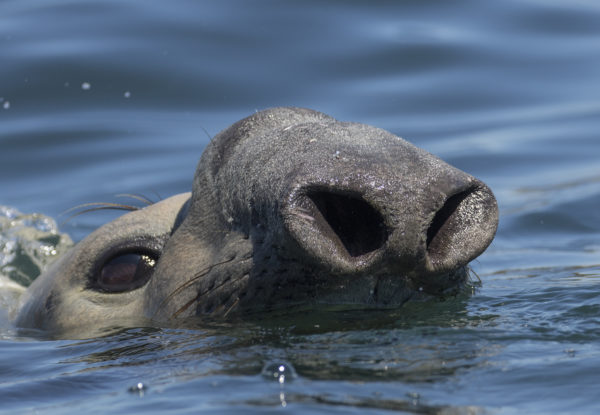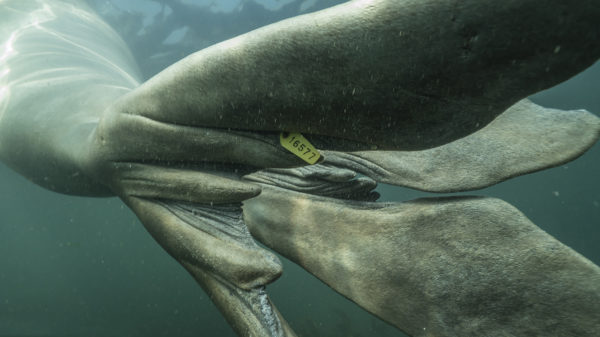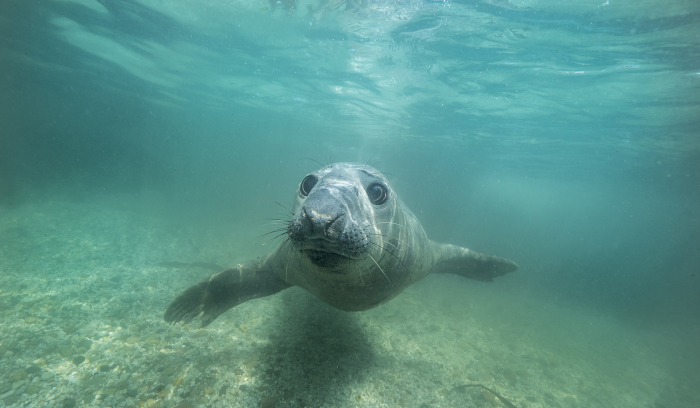A rare sighting of a 4-ton southern elephant seal swimming through the waters near Hout Bay was captured by a photographer from Animal Ocean. The organisation, also based in Hout Bay, offers excursions to snorkelling spots in the area to swim with Cape Fur seals.
Wildlife photographer and biologist Steve Benjamin was out on a boat when he spotted the elusive sea mammal. In a video clip, the seal pops its head out of the water, curiously checking out the boat.
Rare footage captured by @animalocean of a Southern Elephant Seal in the Cape Peninsula. pic.twitter.com/cfq9Az2LWg
— Ishani Chetty (@ishani_chetty) November 21, 2018
Benjamin has been tracking the species for over a year and explained that sightings of elephant seals in our are incredibly rare. Although, this is the third time this very seal has made it’s way back to Hout Bay. “It is quite rare [to see these seals]… there are less than 10 sightings of elephants seals all year round the Cape Peninsula,” he said.
There have only been two previous sightings in Cape Town this year – one was spotted in Kommetjie and the other on the West Coast.
Their habitat is located 2 000km from Cape Town on Marion island. “Marion Island is a South African-owned island… and is probably where this seal came from,” Benjamin said. Interestingly, Marion Island has a Cape Town dialing code of ‘021’. “This is the third time the same seal has made its way back to Duiker island,” he said.

“When they are tired or moulting or even a little bit lost they may come closer [to shore] to catch their breath or relax, and then leave again.” Tagged by the Department of Environmental Affairs three years ago, the elephant seal is a male estimated to be seven years old.

Benjamin says there is no cause for concern.
“It is not very far [from] its normal environment as it is still within cold waters [and] capable of swimming great distances.” Although the seal appears to have a red eye, he explained that this is due to a previous injury. It is clear that this friendly seal cannot get enough of the Cape Peninsula.
Facts about southern elephant seals
1. Southern elephant seals are the world’s largest seal species and can weight up to four tons.
2. The males have a trunk-like nose, giving them their name.
3. They can hold their breaths up for up to 100 minutes.
4. Deep-sea divers, southern elephant seals dive to a depth of up to 2 000 metres.
5. Mostly carnivorous, they feed on fish and squid.
Pictures: Animal Ocean/ Steve Benjamin






